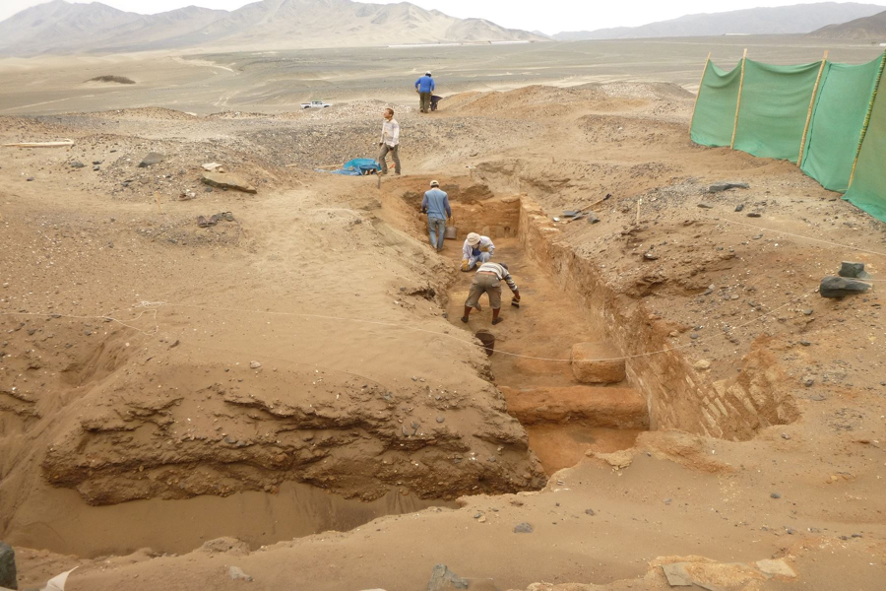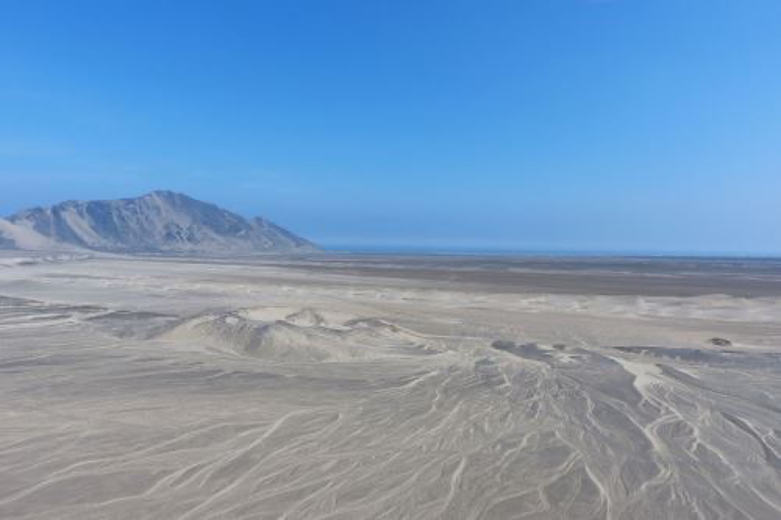
A new archaeological discovery that could change the history of Peru was made at Los Morteros site in the Chao Valley (La Libertad region). An investigation has discovered the oldest adobe monumental construction in the Americas, which is 5500-5100 years old and is believed to be older than Caral.
A recent study, published in the prestigious scientific journals PNAS and Nature, has provided evidence for the unknown evolution of pre-Hispanic Andean adobes.
The research of the project —led by archaeologist Ana Cecilia Mauricio and a team of researchers from the Pontifical Catholic University of Peru (PUCP) and the U.S. University of Maine— started in 2012, yielding favorable results for the history of Peru.

“I have been researching the Chao Valley since 2012, and remains of adobe constructions have been found at Los Morteros site as part of the excavations. From the beginning, I was surprised of finding constructions on a site that was more than 5,000 years old,” Mauricio said in an exclusive interview with Andina news agency.
“We began the research and discovered that they were built of adobe bricks, which were made of clay only, not stone or lime,” she remarked.
Adobe structures
The article “The earliest adobe monumental architecture in the Americas” highlights that adobes or mud bricks are constructive elements that have defined the main architectural traditions of the Andes over thousands of years.
Mauricio points out that the importance of this site is due to the fact that it contains key information to understand the origin of monumental constructions and adobe construction technology.
The analysis carried out showed that the remains of a monumental building constructed at Los Morteros site were 5,100 years old.
In addition, the unique composition of clay bricks led researchers to question where the material came from. They concluded that the adobes were cut from natural clay deposits created by El Niño flooding.